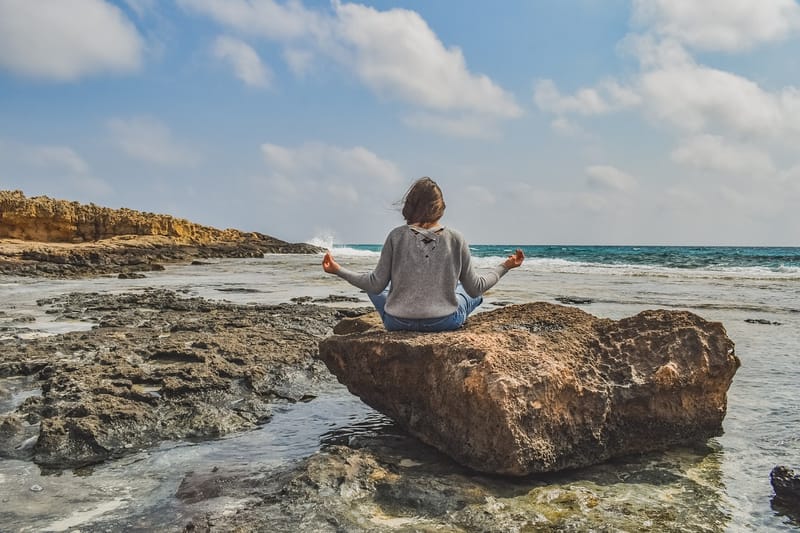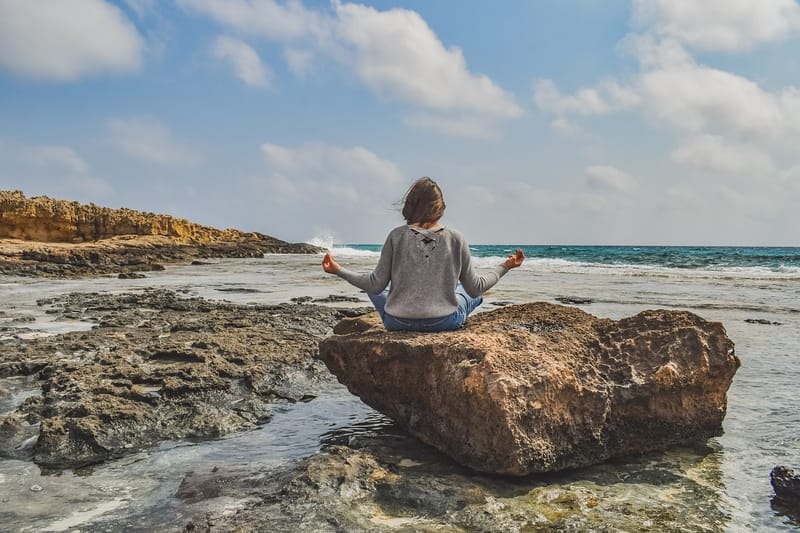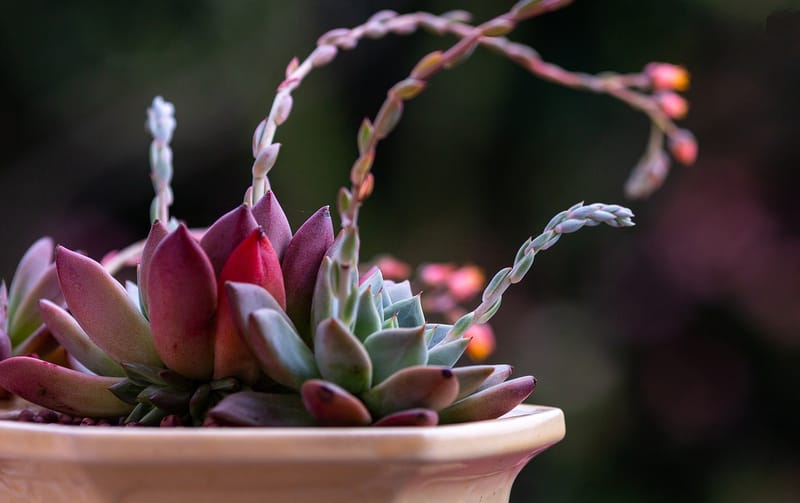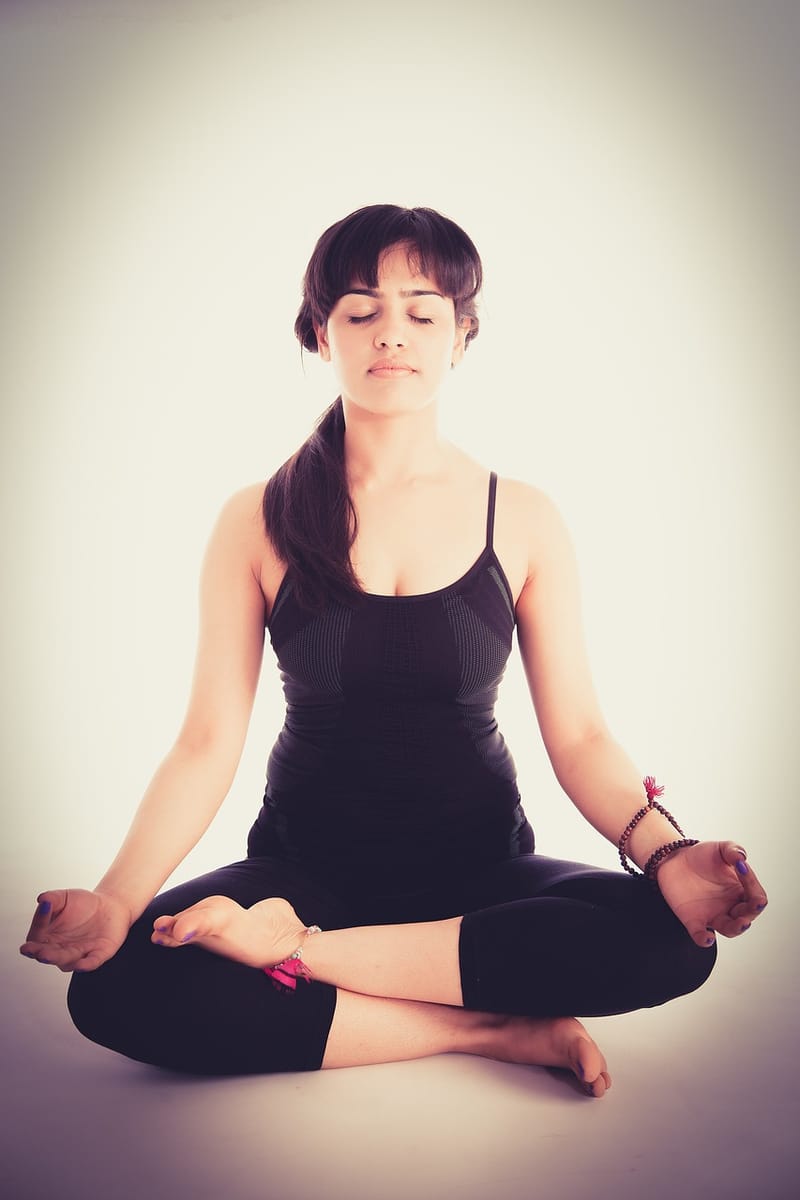Breathwork - Part 2
Breathing Techniques - Part 2
Welcome back to our series on breathing techniques! In this second part, we will explore more advanced and specialized breathing exercises that can help you improve your overall well-being. Whether you are looking to reduce stress, increase energy levels, or enhance your focus, these techniques can be valuable tools in your wellness arsenal.
1. Box Breathing

Box breathing, also known as square breathing, is a technique used by many to calm the mind and body. It involves taking slow, deep breaths in a pattern of four stages: inhale, hold, exhale, hold. This method can help reduce anxiety, improve concentration, and promote relaxation.
2. Alternate Nostril Breathing

Alternate nostril breathing is a yogic breathing practice that aims to balance the two hemispheres of the brain. By alternating between breathing through the left and right nostrils, practitioners believe they can harmonize the body and mind, reduce stress, and enhance mental clarity.
3. Kapalabhati Breathing

Kapalabhati, often referred to as the "breath of fire," is a vigorous breathing technique used in yoga. It involves rapid, forceful exhalations followed by passive inhalations. This practice is believed to cleanse the respiratory system, increase oxygen flow, and invigorate the body.
4. 4-7-8 Breathing

The 4-7-8 breathing technique is a simple but effective method for inducing relaxation. It involves inhaling for 4 counts, holding the breath for 7 counts, and exhaling for 8 counts. This pattern can help calm the nervous system, reduce anxiety, and promote better sleep.
5. Lion's Breath

Lion's breath is a unique breathing exercise in yoga that involves forcefully exhaling through the mouth while sticking out the tongue. This practice can help release tension in the face and throat, reduce stress, and improve circulation. It is also believed to stimulate the throat chakra.
Try incorporating these advanced breathing techniques into your daily routine to experience their benefits firsthand. Remember to practice in a comfortable and safe environment, and listen to your body's signals. Stay tuned for more breathing techniques in our upcoming articles!
